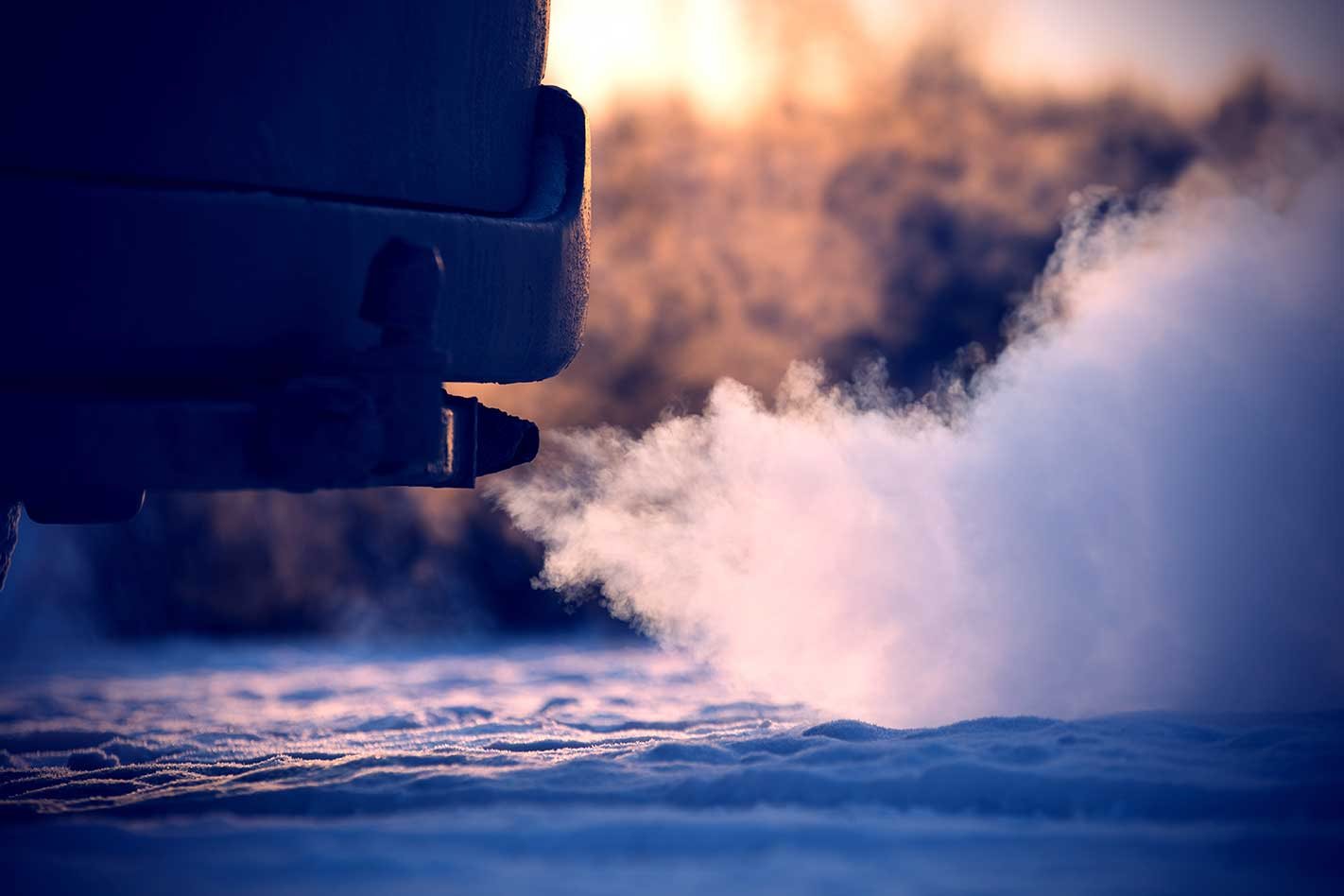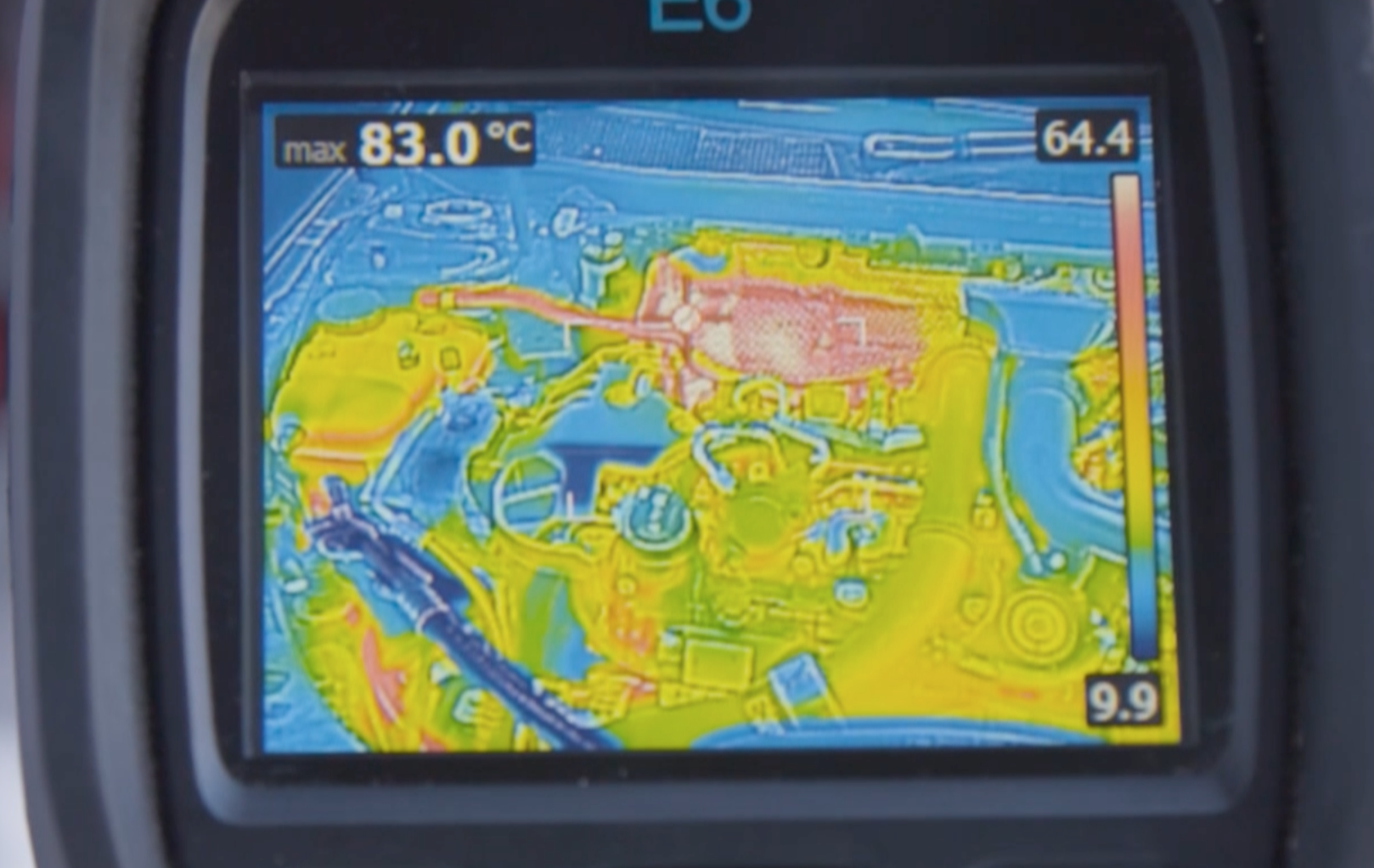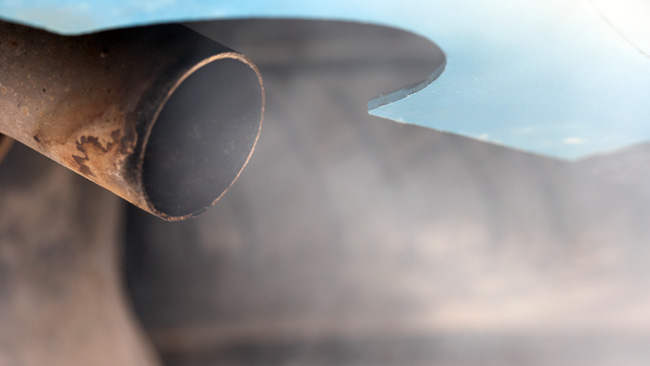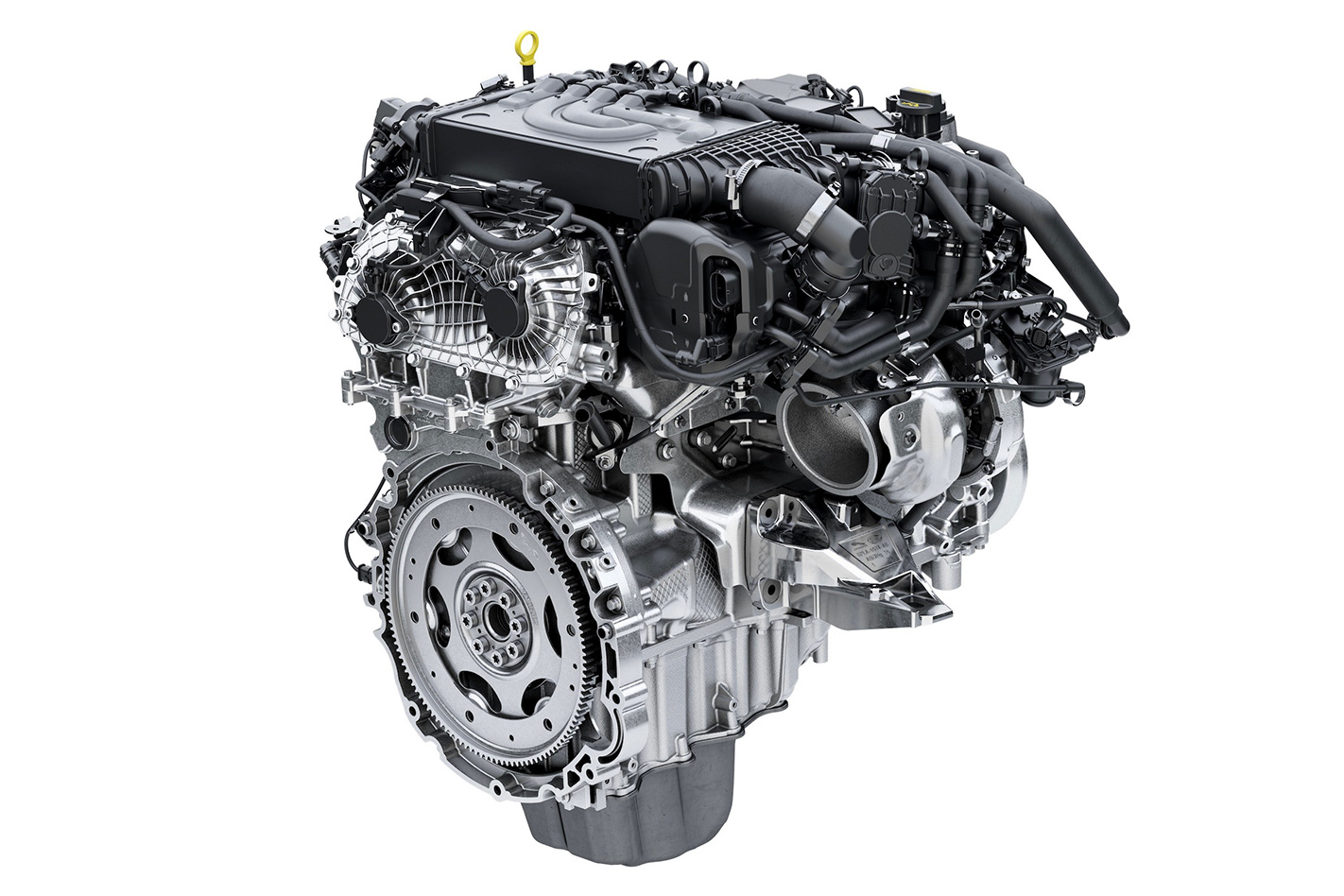
Your car’s engine loves to be warm as much as you do in the winter but do you know the best way to get a petrol or diesel donk from icy cold to optimum operating temperature?
Regardless of the season, an average road car engine likes to spend its time at about 100 degrees where it can operate at peak fuel efficiency while producing minimum emissions.
With winter already well underway, here’s what you need to know about engine warm up as Australia cools down.

Why warm?
Like any sophisticated machine, the combustion engine under the bonnet of your car has an optimum operating temperature and, as engines naturally produce waste heat when running, it makes sense to set that operating temperature on the warmer side.
At the correct temperature, combustion is optimum which is kinder on your wallet and the environment and, as a side note, engine oil, catalytic converters and the finely engineered components in your engine are all developed to run hot. So heat is the key.
Furthermore, the heater in your car uses the liquid in the cooling system to heat the cabin, so the quicker your engine warms up, the quicker your toes can thaw out.

Gentle is best
As such an important part of engine operation, reaching the perfect temperature as fast possible is ideal. Indeed, modern engines use all manner of clever tricks such as electric coolant pumps, exhaust manifold coolant heaters and active radiator vents to speed up warming.
But your engine will not thank you for working it hard to increase heat quickly from cold. Full acceleration and high revs from cold can be extremely damaging.
Rapidly heating localised parts of the engine such as the cylinder head, while other bits warm up more gradually, puts massive strain on the components, while cold engine oil does not protect metallic components as effectively.
So is slow better? Some drivers like to start the engine and then return inside the house to finish making their sandwiches for the day while the car warms up at idle.
Sorry, that’s not ideal either. Allowing an engine to idle up to temperature from cold can cause a condition called bore-glazing, which is when a glass-like substance builds up on the inside of the cylinders.

Over time, the coating can reduce compression which reduces engine efficiency.
The best way is the simplest
So far it may seem like there are a lot of wrong ways to get your car up to the right temperature but the good news is that the kindest method for your engine is also the easiest.
When you fire up the engine on a cold morning, the best way to safely warm your oily bits is to simply set off straight away and drive normally.
Fun F1 fact
When a Formula 1 race engine is cold, it won’t actually turn at all. The crankshaft and pistons remain seized solid until its team of engineers pump hot fluids through the cooling jacket like a life support system. Only then can it be started.




